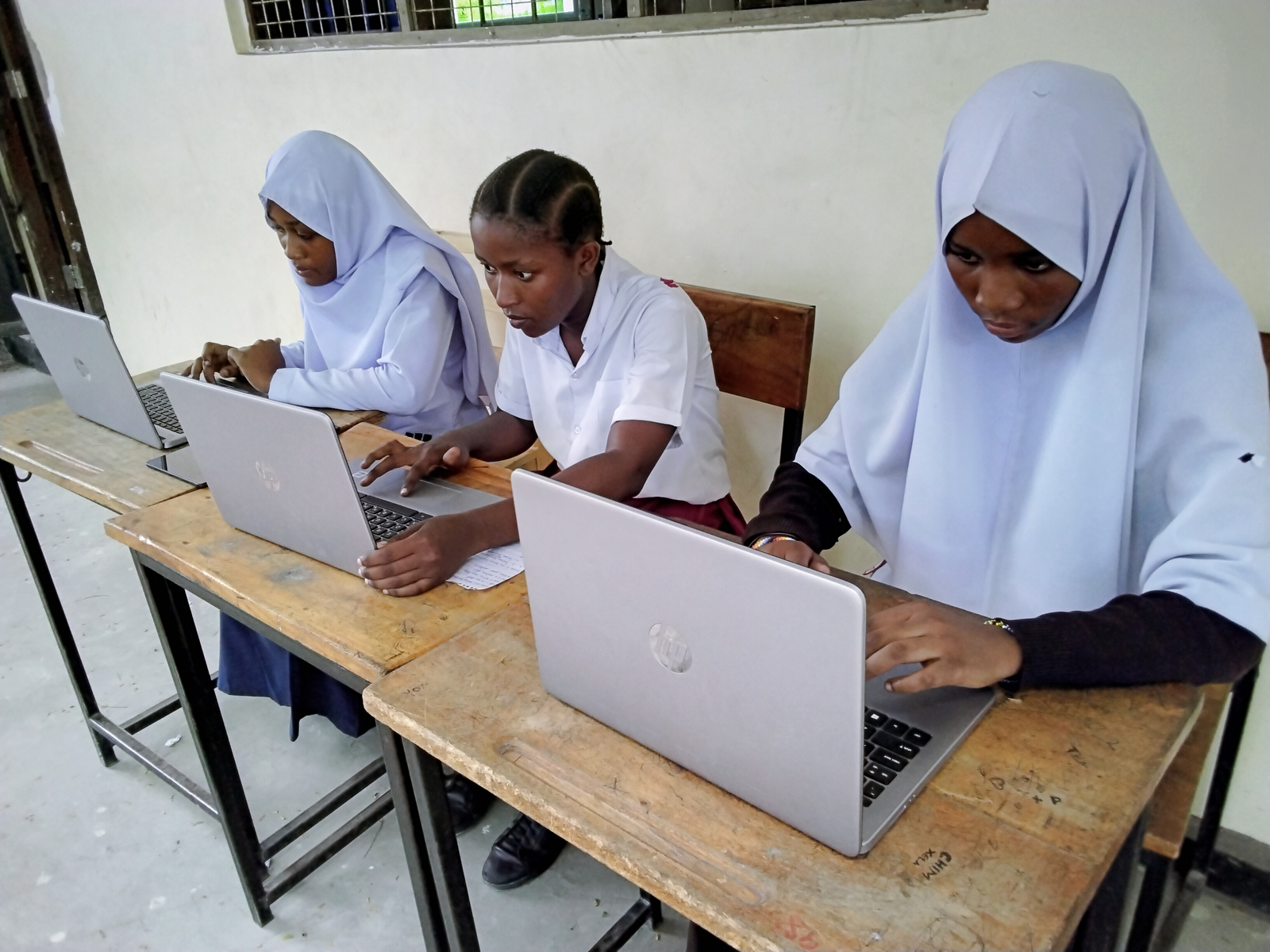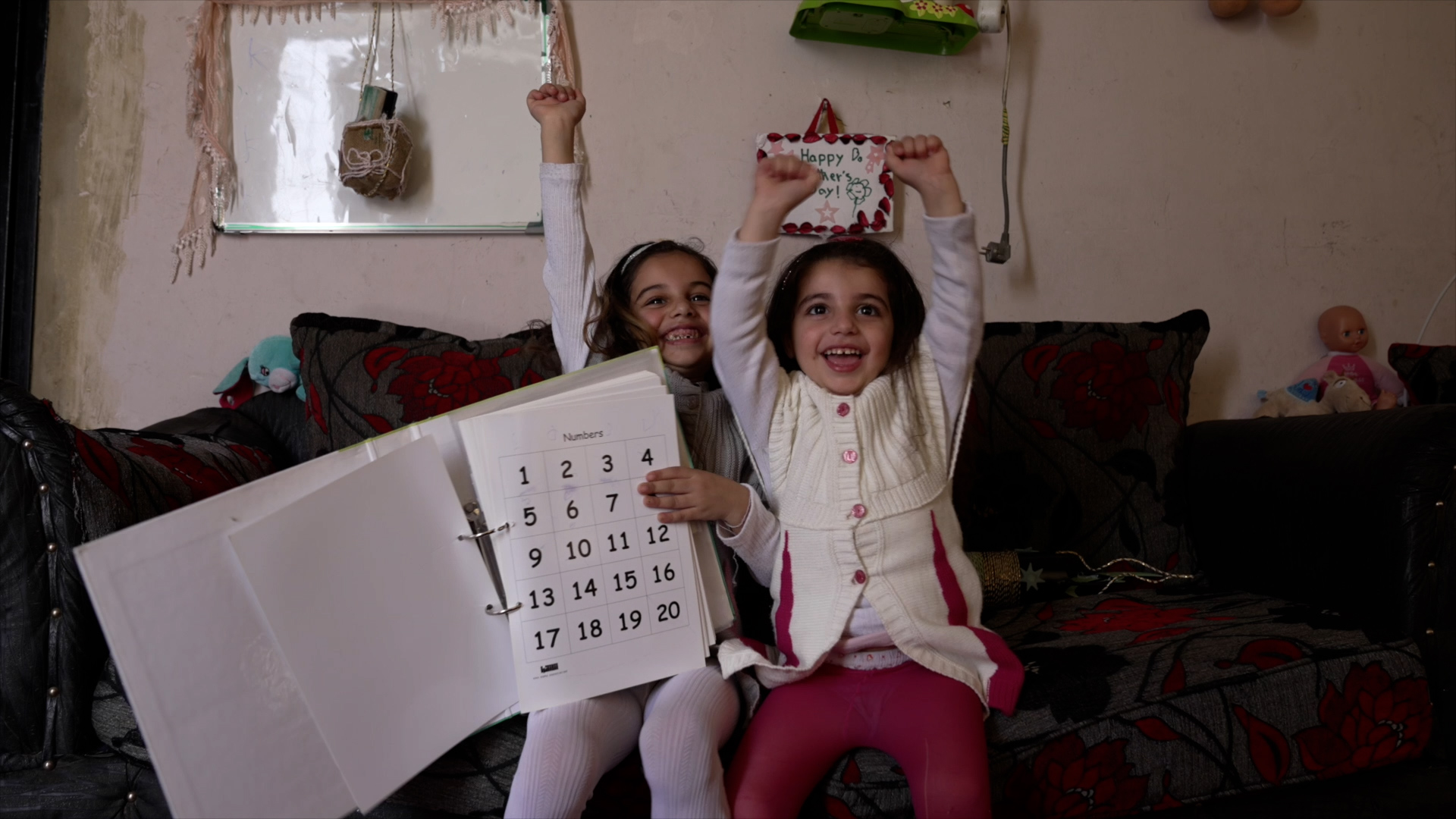
As children go back to school, we need to #WriteTheWrong for millions still shut out of education
Children in conflicts, Education funding, Education in emergencies, Girls' education, Refugees and internally displaced people
Check out our heartwarming picture gallery of students who are happy to be in class - many of them have overcome the odds to be in school.
Around the world, millions of excited children are back at school after their summer break from studies – or starting classes for the first time.
Every day they will be learning the skills to help them achieve their hopes and dreams.
But for more than 260 million children, the school gates are firmly shut – possibly for ever. They are denied an education because of poverty, war, disasters and discrimination.
Many others are in school but at serious risk of dropping out and into early marriage, exploitation and child labour. Like Gift, a 14-year-old boy from South Sudan who is now a refugee in the Democratic Republic of Congo.
He has been top of his class for three years and wants to be a teacher. But he is in danger of slipping out of the system. Only 8% of secondary-age South Sudanese refugees are getting an education because of a lack of schools and resources.
“It would be horrible if I couldn’t go to secondary school,” he said. “There should be a way for everyone to study. My wish is for every child to go to school.”
Gift’s story was told in the 2019 education report by the United Nations refugee agency UNHCR. Published last week, it revealed that half of all refugee children – about 3.7 million – are out of school.
It was a sobering reminder of the global education crisis. Theirworld’s #WriteTheWrong campaign believes it is within our grasp to end that – but only if we act now and decisively.
To achieve the target of every child in school, funding to education must be increased – which includes ensuring that:
- Education Cannot Wait – the global fund for education in emergencies – gets the $1.8 billion it needs to launch multi-year educational responses in 25 priority countries by 2021.
- The International Finance Facility for Education receives $5 billion of funding to help millions of children into school.
- Governments put 4% to 6% of their gross domestic product into education.
- Countries and aid donors give 10% of education spending to early childhood education.
Funding has been a massive and ongoing issue for UNRWA, the UN agency that provides education for over 530,000 Palestinian students.
After the United States withdrew its substantial help last year, other international donors stepped in to ensure that more than 700 schools continue to operate in the West Bank, Gaza, Lebanon, Syria and Jordan.
Another school year began for Palestinian students last week. UNRWA Commissioner-General Pierre Krähenbühl, who joined the pupils of Al-Sabra school in Gaza, said: “This is not just any first day of school.
“This is a celebration of perseverance of the students, the teachers and education staff and the parents, in the face of adversity.”
In pictures: back to school around the world
One UNRWA student delighted to be back at school is 16-year-old Ghazal al-Toubeh. She lives in Homs refugee camp in Syria and recently passed the ninth grade national exam, scoring high marks.
“I cannot describe my feelings when our exam results were announced. I was so happy, I cried with joy,” said Ghazal.
“I don’t feel that my disability hinders pursuing my education. My mother created a positive learning environment in our home and is always supportive.”
In Pakistan, campaigners say one in three girls and one in five boys miss out on primary school. Poverty, lack of investment and too few schools means nearly 22.5 million of Pakistan’s estimated 50 million children are out of school, Human Rights Watch said in a 2018 report.
On the first day of school last week in Lahore, attendance was about 70%. Grade three student Sher Ali Khan said he enjoyed his time off but added: “It is the first day of school and I’m excited to meet my classmates and friends.”
Schools have also been returning in some of the countries most affected by crises. In Cameroon, separatists have been enforcing a school boycott for two years to protest against claims of injustice against English-speakers in the North-West and South-West regions.
The government says everything is being done to make the return to school this week effective in those areas and the rest of the country.
But more than 80% of schools in the regions affected are closed, according to UNICEF. School attendance has plummeted as a result – down in the North-West from 422,000 in 2017 to 5,500 today.
Other countries where schools have been going back this week include Jordan, India, England, Morocco and Saudi Arabia. Nigerian schools return next week.
Schools have reopened for an estimated two million children living in communities affected by the Ebola outbreak in the eastern Democratic Republic of the Congo.
“At the start of the last academic year, the Ebola outbreak was still very new,” said Fati Bagna Seyni, UNICEF’s education lead in the Ebola response. “Many parents were scared to send their children to school fearing they could be infected in class. Teachers lacked the information and training to teach children about the disease or assist vulnerable children from Ebola-affected families. A lot has changed.”
In Syria’s Idlib region, children risk missing out on education because fighting has closed dozens of schools.
“Thousands of children due to start the school year in northwest Syria may not have access to education,” said Save the Children. Classes are set to start at the end of September – but only just over half of the region’s 1,193 schools can still operate.
“As the new school year starts, the remaining functional schools can only accommodate up to 300,000 of the 650,000 school-age children,” said the charity.
Many Syrian refugee children are returning to schools in various countries. That includes Kosovo, where Justice Minister Abelard Tahiri said: “This school year is even more special. I am very happy that children that have come from the conflict in Syria will also go to school.”
More news

